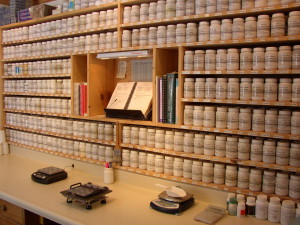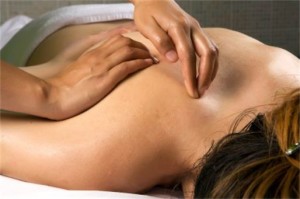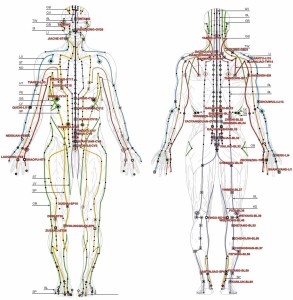 How Does Acupuncture Work?
How Does Acupuncture Work?
Acupuncture is gentle and safe. It works by stimulating the peripheral and central nervous systems of the body. It triggers the release of the body’s inherent biomolecules such as neurotransmitters and hormones.
It is typically not necessary to undress during your treatment, as most needles can be inserted with only adjustment of loose fitting clothing. During your treatment sterile, ultra-fine needles are placed at several acupoints that correspond to your specific needs. The needles are about the thickness of three hairs, are used only once, and are disposed of immediately following your treatment.
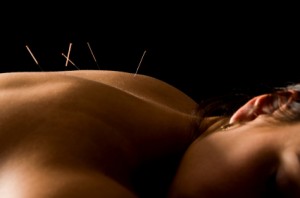 Will the Needles Hurt?
Will the Needles Hurt?
You will feel a light tap when the needles are inserted just below the skin surface. After a moment, you may feel warmth, heaviness, tingling or pressure around the needle. These sensations are normal and desirable. The needles are generally left in 20-30 minutes while you rest on a comfortable table. Acupuncture promotes relaxation and most people fall asleep during the treatment. It is very common to experience a feeling of calm and general well-being afterward- a sign the body’s natural healing mechanisms have been activated.
How Many Sessions Will I Need?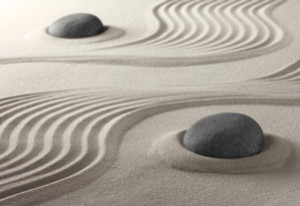
The exact duration of treatment depends on the medical condition, your basic level of health, and how well you respond to acupuncture. Acute conditions can usually be treated with one to five sessions, while chronic conditions may take longer. Acupuncture has a cumulative effect, meaning each treatment builds upon the previous one. This is why it is most effective to receive acupuncture frequently in the beginning, rather than spreading out the treatments over a longer period of time.
Each individual case is unique, but I do ask that you give yourself at least six treatment sessions in order to fully experience the benefits of acupuncture. With each treatment you should see more relief and improved wellness. If your response to acupuncture is not satisfactory, we can discuss alternatives and I will always refer you to other practitioners who I believe can best help you when I cannot.
After achieving your health goals, many people come in once every 2-3 months for a seasonal “tune-up”. Acupuncture is a wonderful component to your lifetime health maintenance program.
Chinese Herbal Medicine
Chinese Herbal Medicine is a sophisticated form of natural medicine that has been practiced safely and effectively for centuries and can treat a wide variety of modern diseases by naturally supporting and supplementing the body. In fact, many of the Western pharmaceutical drugs that are in use today are derived from components found in Chinese herbs. One of the benefits of using herbs is that the risk of side effects is virtually eliminated.
During the course of your treatment your acupuncturist may prescribe Chinese herbal remedies or supplements when appropriate for your specific condition. We use high quality raw, granule, pill and tincture formulas, which are easy to ingest and convenient for use at home or on-the-go.
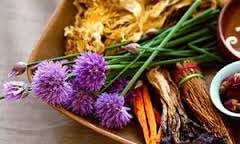 *It is always best to consult with an acupuncturist before taking any herbs so we can monitor the safety, adverse reactions, and interactions with other medications you may be taking.
*It is always best to consult with an acupuncturist before taking any herbs so we can monitor the safety, adverse reactions, and interactions with other medications you may be taking.
Nutritional Therapy
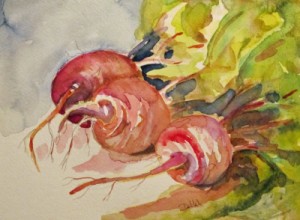 What we eat on a daily basis has a profound influence on our health. Nutrition is one of the major foundations of Chinese medicine and is crucial to our ability to heal. Your acupuncturist will give dietary counseling that is based in the theories of traditional Chinese medicine, as well as modern research. We will suggest certain foods to implement into your diet that are specific for your patterns of imbalances, as well as your unique constitution and lifestyle.
What we eat on a daily basis has a profound influence on our health. Nutrition is one of the major foundations of Chinese medicine and is crucial to our ability to heal. Your acupuncturist will give dietary counseling that is based in the theories of traditional Chinese medicine, as well as modern research. We will suggest certain foods to implement into your diet that are specific for your patterns of imbalances, as well as your unique constitution and lifestyle.
Tui Na Acupressure Massage
During your acupuncture visit, you may receive tui na for a few minutes before or after acupuncture in order to support the effectiveness of the treatment.
Tui Na is a powerful form of medical massage based on the same traditional Chinese medical principles as acupuncture. Tui Na, which literally means “pushing, grasping,” involves manual techniques such as brushing, kneading, roll/pressing, traction, range of motion, and rubbing along the affected meridians to improve the circulation of qi and blood in the meridians and muscles.
Tui Na is particularly effective in the treatment of both acute and chronic musculoskeletal conditions, such as structural misalignments and soft tissue injuries, as well as internal diseases.
Moxibustion
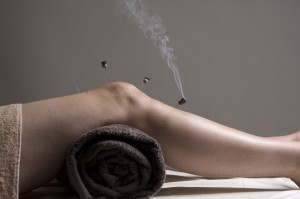 Moxibustion is a form of heat therapy that uses the herb mugwort (i.e., ‘moxa’) which is rolled into a tube-like shape and held over acupoints, or placed on the tops of acupuncture needles, and lit to warm the channels in the body, promoting the flow of qi and strengthening the blood.
Moxibustion is a form of heat therapy that uses the herb mugwort (i.e., ‘moxa’) which is rolled into a tube-like shape and held over acupoints, or placed on the tops of acupuncture needles, and lit to warm the channels in the body, promoting the flow of qi and strengthening the blood.
Combined with traditional acupuncture, moxibustion has been found to be very helpful in the treatment of digestive disorders, arthritis, gynecological disorders, internal bleeding, turning breech babies before term, and many other conditions.
Cupping Therapy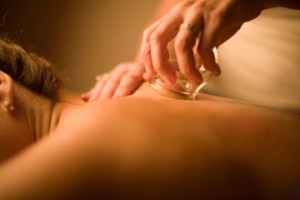
Cupping is a painless technique, used in many cultures, in which a special cup is applied to the skin and held in place by suction. The suction draws superficial tissue into the cup. The cup may either be left in place or moved along the body.
Cupping increases circulation to the area and there by reduces pain and improves blood flow. Cupping is one of the best deep-tissue therapies available. It is thought to affect tissues up to four inches deep from the external skin. Toxins can be released, blockages can be cleared, and veins and arteries can be refreshed within these four inches of tissue.
